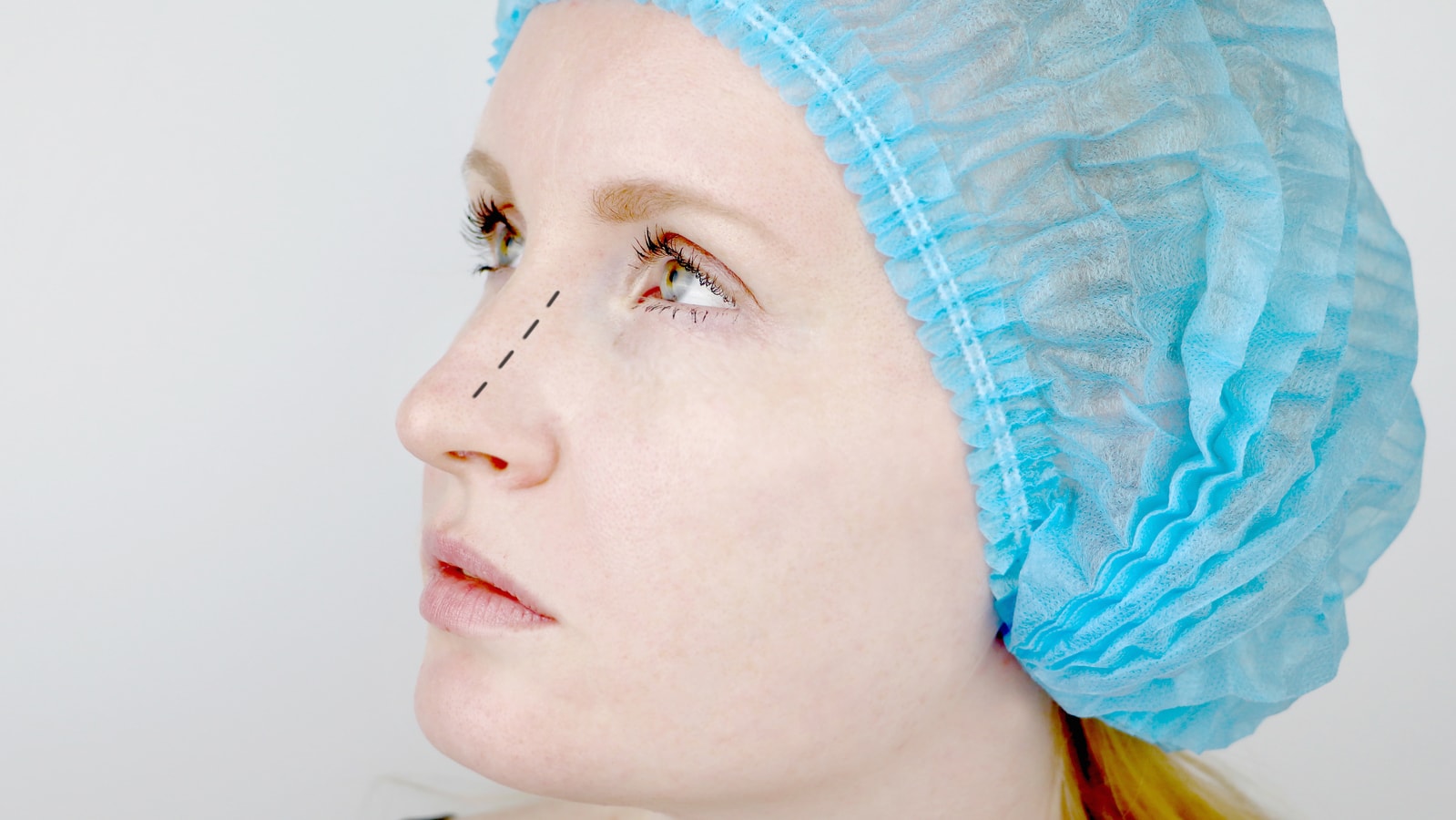
When considering a cosmetic procedure, something that patients seldom think about is the potential need for reconstruction. Additional surgery could be necessary for myriad reasons, particularly following a primary rhinoplasty. Rhinoplasty is considered to be one of the most difficult and delicate procedures, and patients are frequently unhappy with the results of their initial surgery. For patients to be truly prepared for their surgery, they should know the ins and outs of rhinoplasty—both primary and secondary.
Reconstructive rhinoplasty is, essentially, rhinoplasty done either to correct a prior surgery, rebuild the nasal airway, or fix the effects of past trauma. Though the term generally applies to secondary rhinoplasties, some primary rhinoplasties could, due to their nature, be considered reconstructive. The key difference between reconstructive rhinoplasty and primary rhinoplasty is the procedure’s difficulty. Reconstructive rhinoplasty, by its very nature, is more challenging for surgeons than primary rhinoplasty—the doctor doing the procedure would have to take into account a number of factors, including donor source availability and potentially unpredictable scarring. As a result, reconstructive rhinoplasty tends to be more expensive than traditional primary rhinoplasty, with procedure prices starting at around $15,000.
Because the procedure is so delicate and expensive, it’s important for patients to know exactly what they want going into their first consultation, and to choose their surgeon with care. One way for patients to ensure that they get the right surgeon for them is to take time to find an experienced doctor with plenty of before and after photos on his or her website—additionally, the patient should make sure that they like the after photos! It doesn’t matter how talented a doctor is—if their aesthetic doesn’t match the patient’s, the patient may walk away unhappy with the rhinoplasty.
There are, unfortunately, quite a few risks associated with reconstructive rhinoplasty—just as there are risks associated with any secondary procedure. When undergoing such a procedure, the patient risks all of the potential problems associated with the primary procedure, in addition to new ones specific to secondary procedures, like unpredictable scarring and swelling, and potentially increased healing time. Again, it’s important for patients to embark on their reconstructive rhinoplasty knowing both what they want and what they should expect from their procedure.
Despite the risks associated with secondary surgeries, reconstructive rhinoplasty is oftentimes a worthwhile undertaking for patients who, for myriad reasons, may not be happy with their primary rhinoplasty. The nose, after all, is the focal point of the face, and each person has a different idea of what a “perfect” nose might look like. With the right tools and knowledge, patients can achieve the nose of their dreams—they just need to know what to expect.
Written by Cosmetic Town Editorial Team based on an exclusive interview provided by Dr. Anita Patel in Beverly Hills, CA.